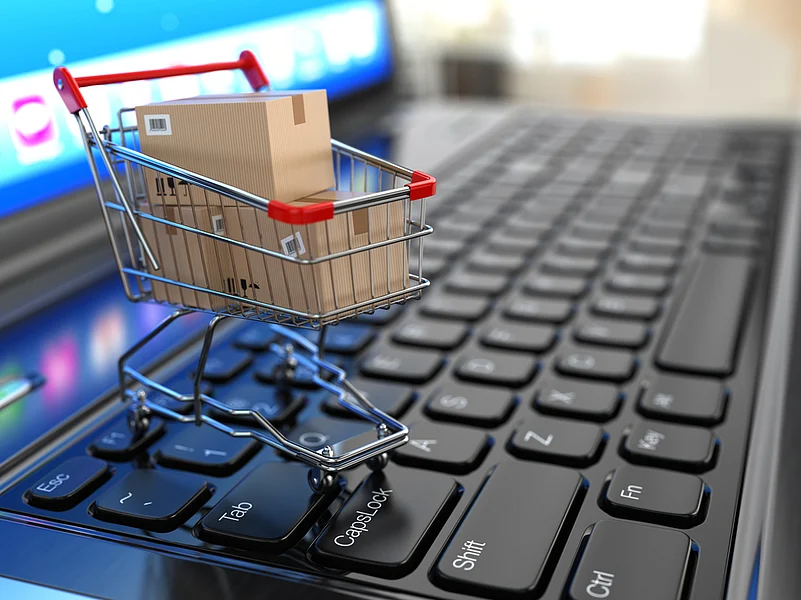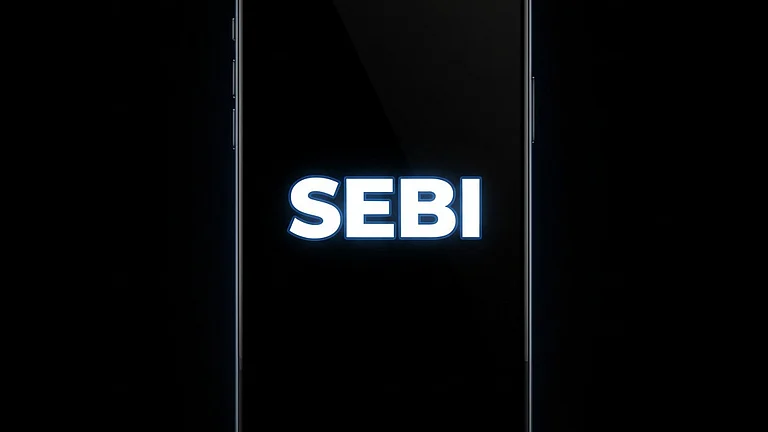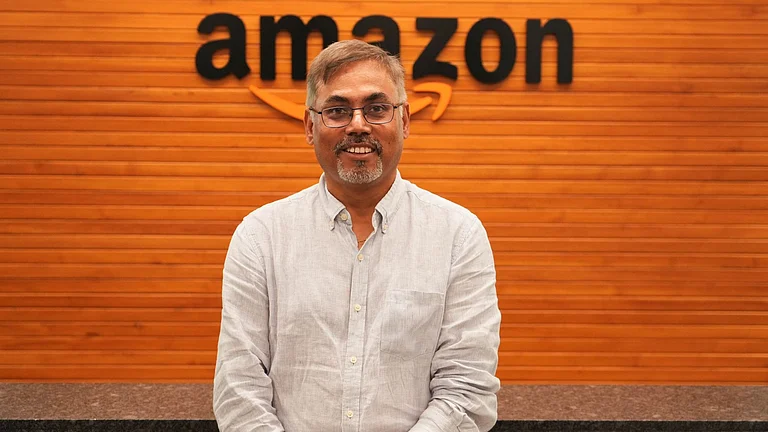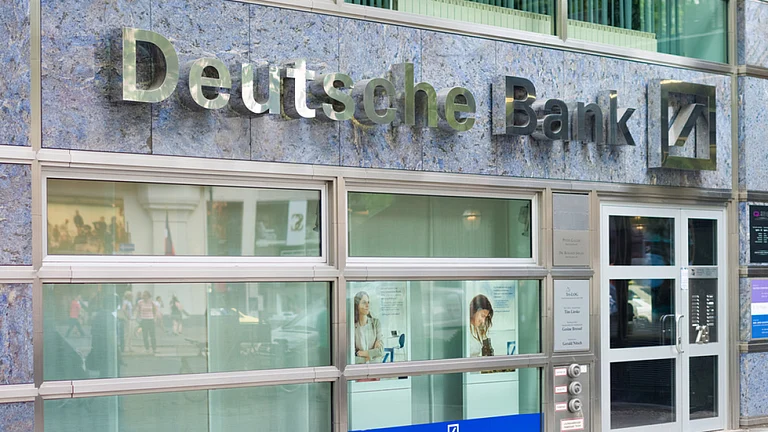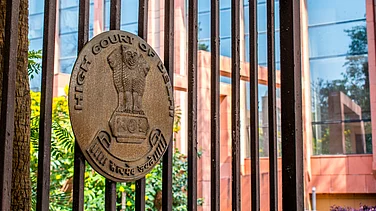Impulse buying is the foundation on which India’s billion-dollar quick commerce industry is built. And after initial success, quick commerce platforms will now have to figure out how strong the impulse to buy really is.
Milk, vegetables, groceries, notebooks—all delivered in 10 minutes—until recently this was the great promise of quick commerce. But platforms soon realised that delivering these things do not make them enough money. Thus, a swerve. Quick commerce platforms such as Blinkit, Instamart and Zepto are not just sending milk and veggies home, but even charging cables, smartwatches and mixer-grinders. And now, they want to sell smartphones, air conditioners and refrigerators.
“Electronics is the lowest hanging fruit,” says Anand Ramanathan, partner and consumer products and retail leader at Deloitte India. For Ramanathan, the mantra to keep the quick commerce business growing is to improve unit economics—the amount of money earned by selling one unit of a product. For that to happen, quick commerce platforms must sell expensive things.
This is because quick commerce platforms have to factor in their profit or loss in terms of returns per square foot of their dark stores—warehouses in urban parts where sales are high.
So, selling phones makes sense. They take up very little space and provide bigger margins. But will selling ACs and refrigerators be as profitable as selling phones? That is something quick commerce platforms must ponder.
How Strong is the Impulse?
People buy food, groceries on a whim. Some people even buy phones on a whim. But do they buy refrigerators and washing machines on impulse? Ramanathan thinks not. “People are willing to wait for some time for these products,” he says. He adds, however, that people may want to buy things like small kitchen appliances immediately.
Jeetu Bairathi, Partner, Financial Due Diligence, BDO India, says, “Business wise it makes complete sense to increase the AOV [average order value] since white goods have handsome 15–40 per cent margins.”
AOVs on quick commerce platforms are in the range of Rs 200–400. But for a modern retail store—what quick commerce platforms want to be like, but online— the AOV is Rs 2,000–3,000. An average retail store is also three times the size of a dark store
There is limited knowledge on what is the overall and store-wise demand of white goods on quick commerce, says Bairathi.
And without adequate demand, managing inventory for large electronics goods becomes a problem. Bairathi says dark store operators will have to predict demand to optimise their just-in-time inventory system and convince vendors to block working capital.
One apparent reason why quick commerce platforms are mulling over the addition of large white goods to its product mix is that they will be able to sell to their existing clientele, instead of venturing out to acquire new customers. The expectation is that people who buy veggies and fruits on Blinkit will also buy their next AC on the platform.
“Through category expansion, platforms are betting on customers who are coming back for repeat orders on their app,” Bairathi says.
The 10-Minute Question
Storing large electronics goods in dark stores is only a part of the problem for quick commerce. The next big part is the logistics. How will the platforms send ACs, fridges and washing machines to their customers? Surely, not on bikes.
Bairathi of BDO India says that while satisfying the impulse buying demand can be tackled for smartphones, “for bigger electronics, platforms may have logistical problems. They will have to do three-wheeler tie-ups”.
Add to that, the penchant of digital customers to return things they bought online. Nearly 15 per cent of electronics goods bought on the internet are returned, the highest rate of return in any category after clothes and shoes. Big e-commerce platforms, the likes of Amazon and Flipkart, are able to process returns and issue refunds quickly.
But processing returns and refunds will be difficult for quick commerce platforms, says Bairathi. E-commerce platforms also facilitate after-sales service through their existing network of local dealers and retailers, but quick commerce platforms will have to forge such networks from scratch.
Quick commerce is one of the most rapidly growing segments in the Indian economy. After the pandemic put people in the habit of ordering every little thing online, Indians, especially those living in metros, never returned to shopping at kiranas. The quick commerce industry is booming, but is still struggling to make profits. Selling white goods may be the way to go, but it is difficult terrain.





